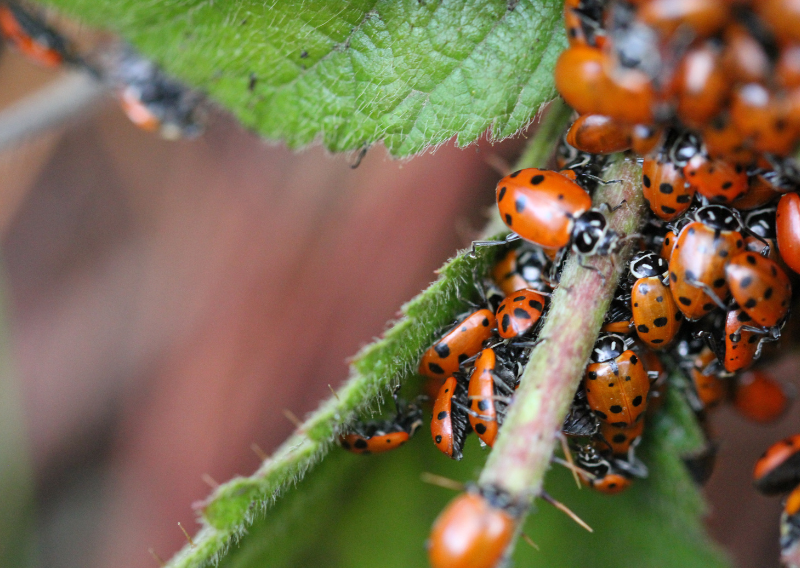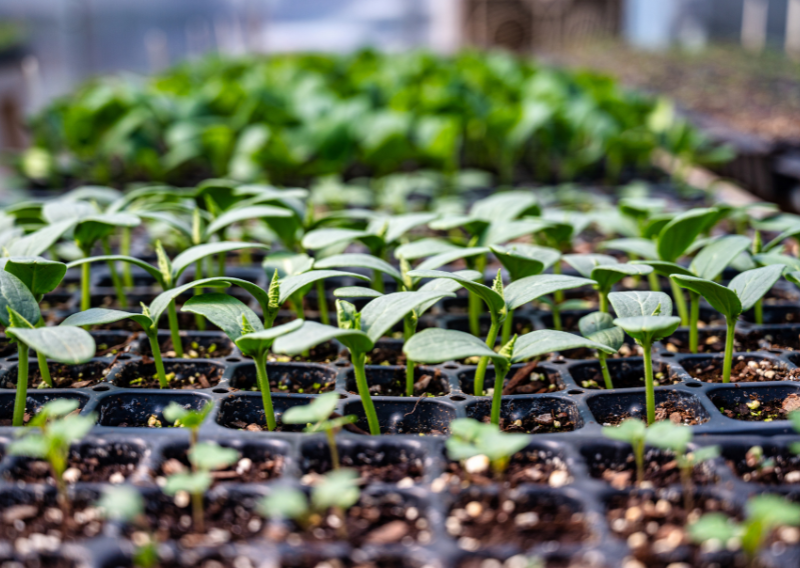
Grow Fresh Ginger at Home: Easy Steps for Beginners
As a person who practices a plant-based diet, I love to experiment and cook different kinds of cuisine. Ginger has always been a favorite ingredient and a staple in our kitchen. Today, I’ll share some tips on how you can easily grow ginger and why you must have it in your garden.
Regardless of whether you’re a gardener or someone who loves to cook, incorporating ginger into your recipe and garden is a decision you won’t regret. It’s a fragrant, spicy root that not only adds zest to your culinary creations but also boasts a lot of health benefits. Let’s go into it and discover why ginger deserves a spot in your garden.


Why You Should Consider Growing Ginger In Your Garden
Health Benefits: Ginger is known for its medicinal properties. It’s a natural remedy for nausea, aids in digestion, making it a go-to remedy for stomach troubles, and has pain and anti-inflammatory properties that can help with various conditions such as headaches and arthritis.
Culinary Delight: Fresh ginger adds a unique taste and aroma to dishes because of its warm and spicy flavor, making it a staple in cuisines around the world. From curries to teas, ginger is a versatile ingredient that can elevate any recipe. You can even add
Easy to Grow: Ginger is surprisingly a simple and low-maintenance plant that thrives in warm, humid conditions. It can be grown from rhizomes, which are readily available at garden centers, or can be sourced from mature ginger roots. With the right care, you can easily grow ginger in your garden or even in containers indoors.
Sustainable Living: By growing your own ginger, you reduce the need for store-bought produce, which often comes with a high carbon footprint due to transportation and packaging. Homegrown ginger is also free from pesticides and other chemicals, promoting a healthier lifestyle for you, your family, and the environment.
Aesthetic Appeal: Ginger plants have lush, green foliage and delicate flowers that add beauty to your garden. They can be grown as ornamental plants or as a functional addition to your herb garden.
Materials and Easy Steps for Growing Your Own Ginger
- To plant your ginger, you’d need well-draining, loose soil, rich in Organic matter. A mix of garden soil and well-rotted compost (50/50) is best. Use soil mixed with perlite – this will keep the soil light, provide plant roots with air, and promote drainage.
- Add a homemade compost
- Use a wide pot rather than deep as the Rhizome grows horizontally and it needs space for the side shots. Simply dig a hole 1-1.5 inches and place your ginger flat.
- Maintain 20cm (8 inch) space between each piece of ginger.
- Cover it with soil and water until fully hydrated. Keep it covered to keep high humidity in a sunny spot. Ideally, keep a temperature between 22-25C (71 to 77 F).
Ginger will take 8 months until it’s fully mature. But the process is easy and simple. So whether you’re looking to improve your health, expand your recipes, or simply add a touch of beauty to your garden, ginger is sure to delight your senses and enrich your gardening experience. I do hope that you plant some ginger today and discover the flavor and benefits this magical root has to offer.
Happy growing!






















